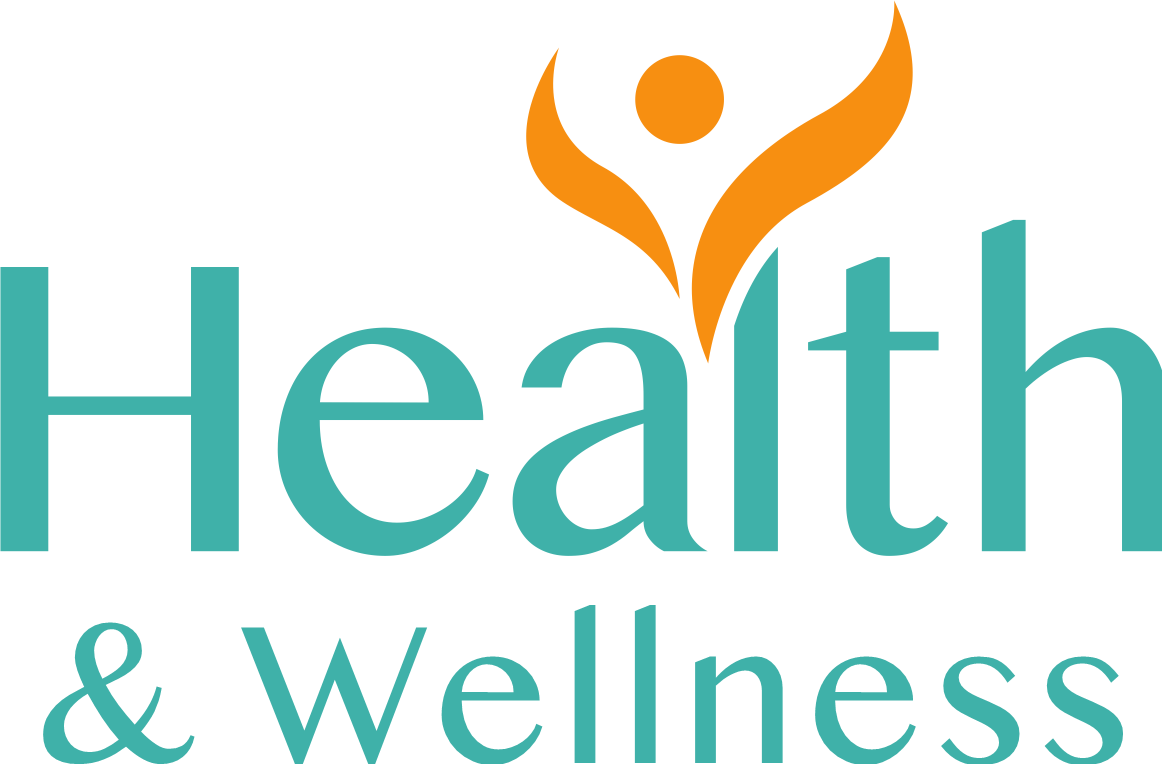You probably have heard of the peanut allergy.
Popularized across the media, the symptoms—which include inflamed skin, swollen throats, and rashes—can often be fatal if left untreated.
And this has reminded you often that food allergies need to be worried about.
If you or someone you care about deals with food allergies, it’s essential to navigate these dietary challenges safely and effectively.
In this blog post, we will provide a short guide to allergen-free eating, covering everything from understanding food allergies and intolerances to practical tips for managing them while enjoying a diverse diet.
1. Food Allergy or Food Intolerance?
The first step is understanding the difference between food allergies and food intolerances.
A food allergy is a direct attack on the immune system. The immune system is triggered into anaphylaxis: the body is flooded with chemicals, your blood pressure drops off a cliff, your internal airways constrict, and your skin reacts badly.
Without a shot of epinephrine, you can die within an hour!
Most people have food intolerances, though. Food intolerances won’t affect your whole body, but rather just the digestive system. You might also experience symptoms of diarrhea, cramping, constipation, and inflammation in your enteric tissues.
However, you can still consume the food you are intolerant of without much discomfort, unlike if you had a food allergy. This is why it’s a subtler issue to detect.
2. Common Food Allergens
What are the most prevalent food allergens?
- Soy
- Nuts
- Eggs
- Dairy
- Gluten
- Shellfish
If you remember the Will Smith-starrer Hitch released in 2005, there is a scene at a buffet where his face starts bloating on contact with shellfish. The scene is an accurate representation of real-life anaphylaxis.
So, if you are still unaware of what food allergies you might have, take diagnostic tests with a local allergist/nutritionist and strike items off this short list of common food allergens. If you suspect both food intolerances and allergies, there are various tests you can take, such as immunoglobulin-E blood tests, skin prick tests, ELISA tests, and food elimination diets.
Go down the rabbit hole!
3. Recognizing Symptoms of Food Intolerance
A food allergy is plainly detected.
Anaphylactic shock is as obvious as it gets: rapid breathing, fainting, breathlessness, swollen tongues, throats, and skin.
Identifying the signs and symptoms of food intolerance takes a little more discernment.
Some common symptoms:
- Diarrhea
- Coughing
- Stomach pain
- Nausea and vomiting
- Tingling in the mouth
- Red, itchy skin or a rash
- Stuffy, itchy, or runny nose
- Skin reactions, such as hives or itching.
4. Reading Food Labels
Once you recognize what type of food intolerance or allergy you have, the next problem is identifying the ingredients in the food items you buy.
Decipher food labels to identify potential allergens and hidden ingredients. Most food suppliers will have labeling for common food allergens, such as nut powders and gluten.
For the lesser-known allergens, you might have to pore over the labels and look into each ingredient list.
5. Cross-Contamination Risks
Understanding cross-contamination and how to prevent it in your kitchen.
Compartmentalize your foodstuff. Label storage devices and units. If some family members consume the ingredients you are allergic/intolerant to, make sure you store that food away from other foods.
If you are in an outside venue and you are suspicious of a restaurant’s ability to keep allergic foodstuffs away from their other food, you can ask the manager for a kitchen/pantry inspection.
6. Plan Your Cooking and Meals in Advance
People ruin their meals—such as by mistakenly mixing in the ingredients they are allergic to—when they are short on time. What prevents this is pre-planning your meals by a day or two.
You can write down a series of allergen-free recipes in your digital notes app. Once this is done, you will be able to plan meals that are nutritious, delicious, and safe!
7. Safe Dine-Outs: Ask the Waiters
Ask, and you shall receive.
One problem many diners face when allergic to food is shyness.
Communicate your dietary needs to the restaurant staff. Inquire about the food ingredients that you are allergic to. Customize dishes according to your safety.
Make these informed choices when eating out, and all will be well!
8. Support Networks
A problem can be alleviated with social support.
Join a support group. For example, an online group of gluten-intolerant individuals can connect with each other, discuss gluten-free recipes, how to balance healthiness with deliciousness in their diet, and the best places to buy a certain gluten-free product.
When you meet others facing similar challenges, the collective responsibility and knowledge resources increase and you learn several new things in a short amount of time.
Use the valuable resources of other people!
Take the Leap: Learn the Lesser-known Parts of Yourself
Living with food allergies or intolerances requires vigilance, but it shouldn’t compromise your enjoyment of food and life. With the right knowledge, tools, and support, allergen-free eating can be a positive and empowering experience.
This guide aims to provide valuable insights and practical advice to help you or your loved ones navigate food allergies and intolerances while maintaining a healthy and joyful relationship with food.

